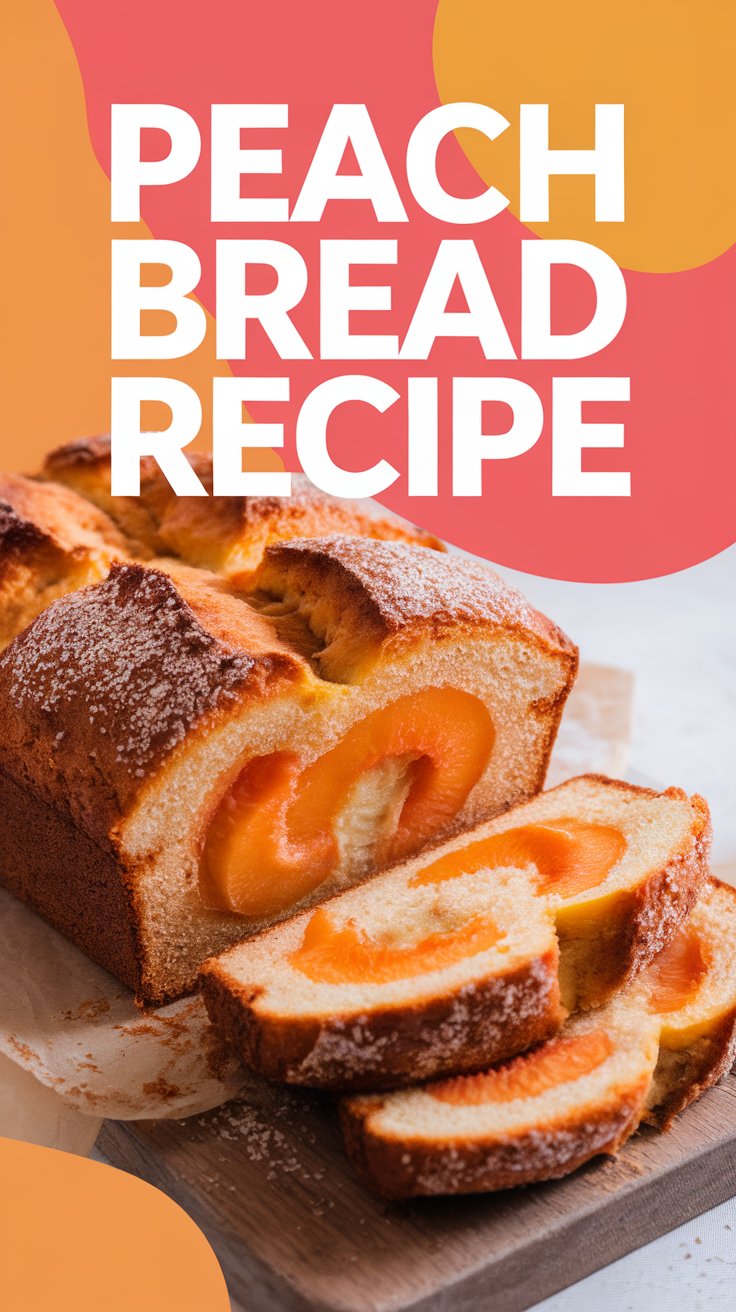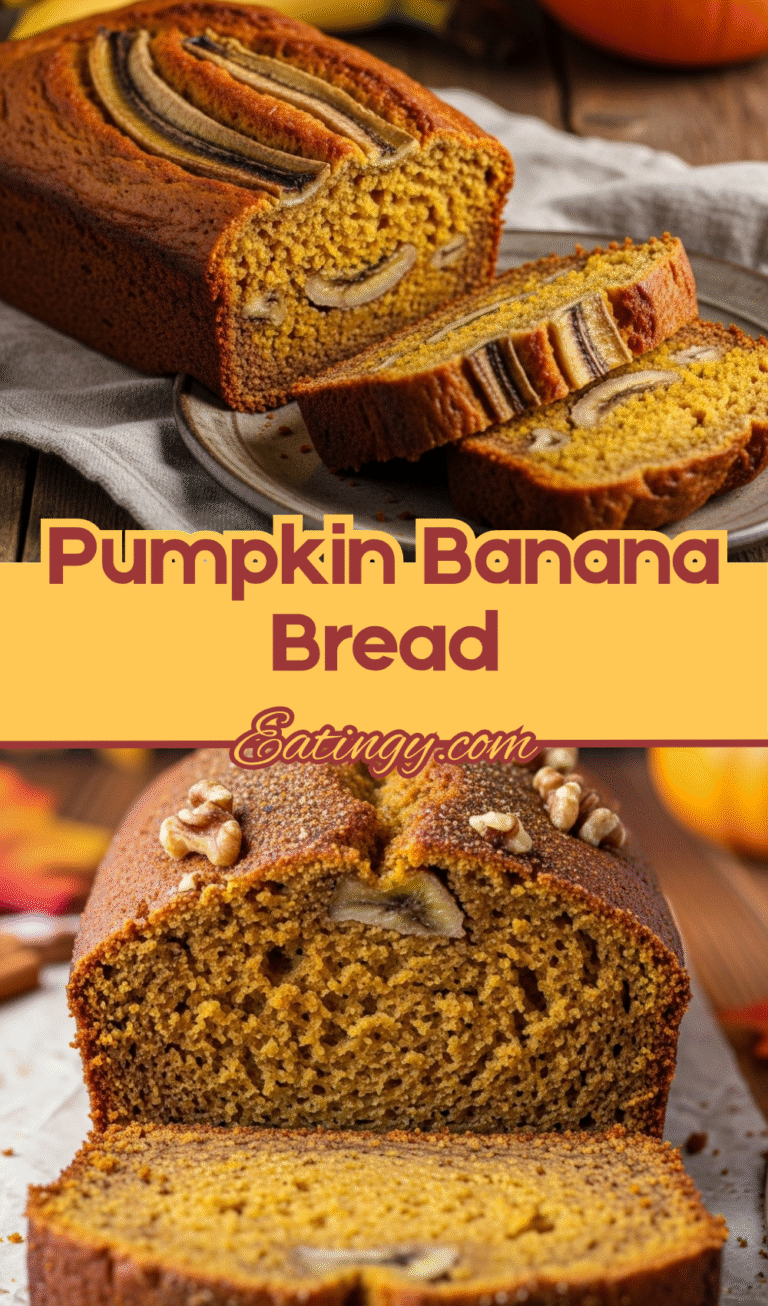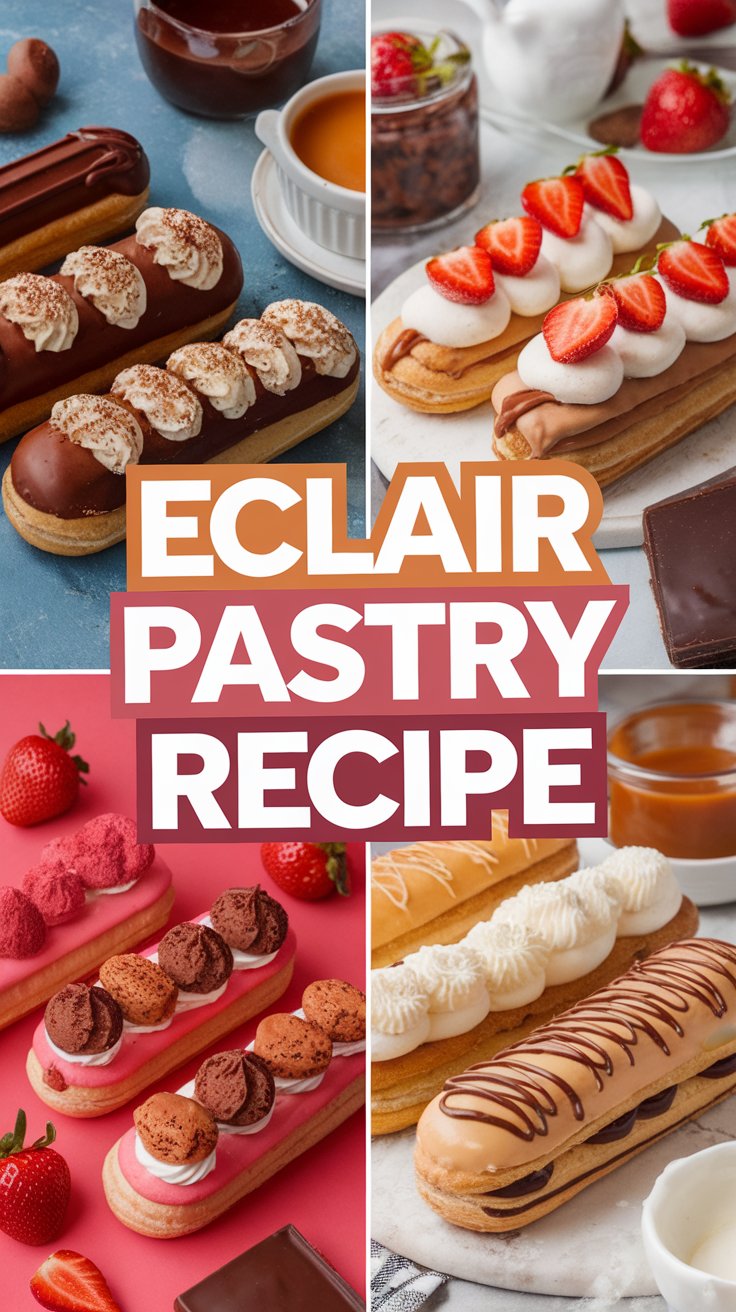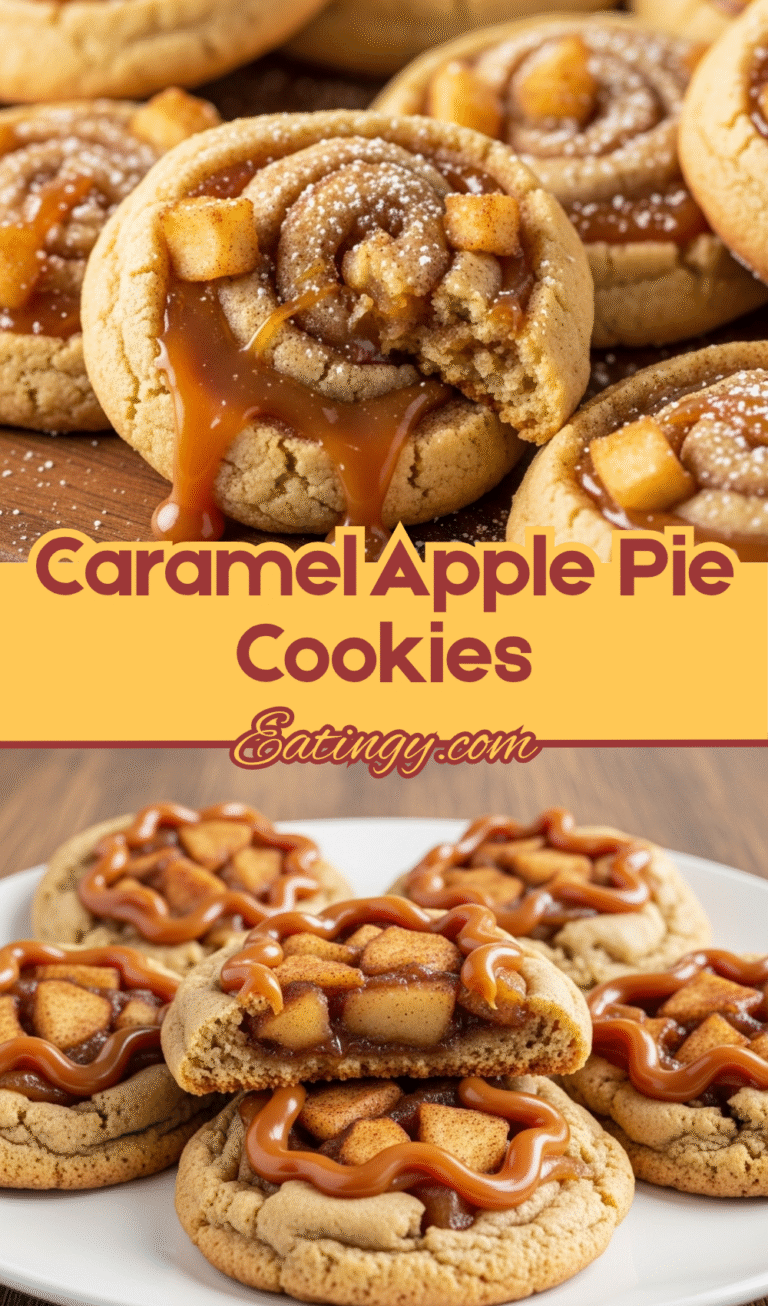Focaccia Bread: A Journey Through Flavor and Tradition
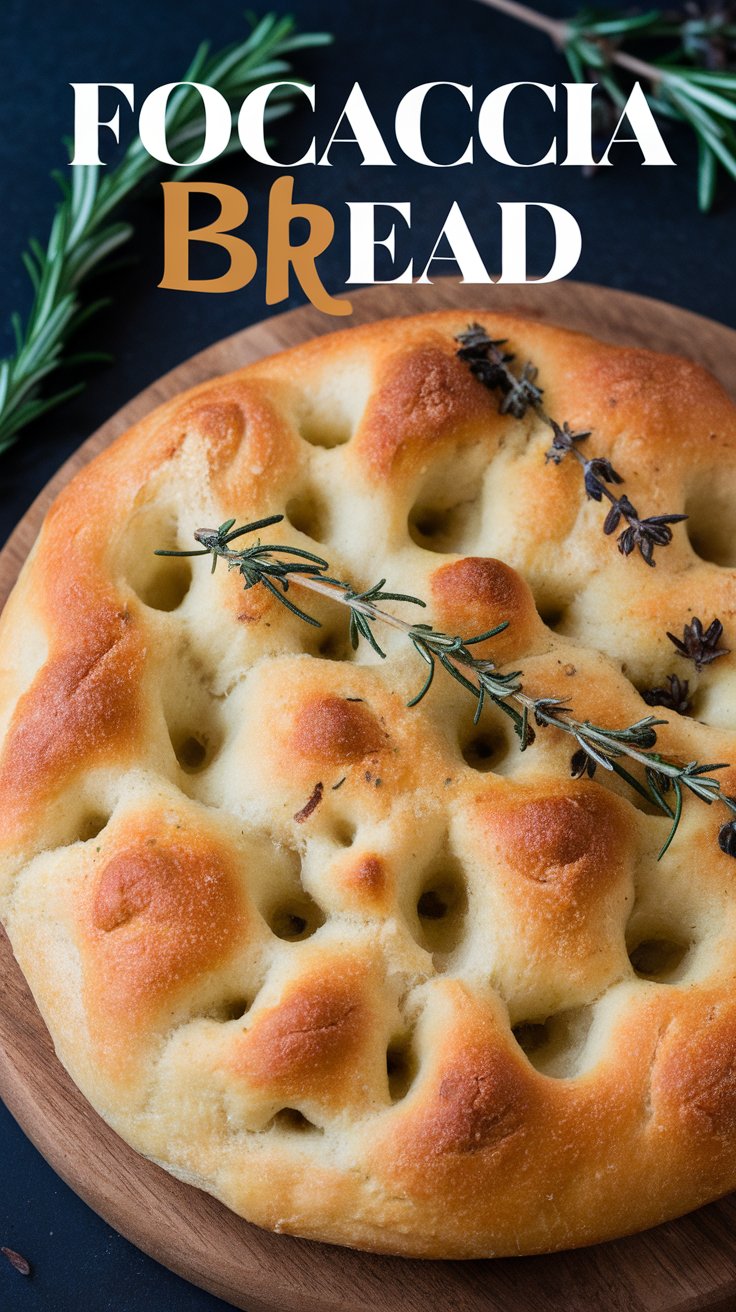
Ah focaccia—that golden dimpled delight that’s as versatile as it is delicious. Whether you’re tearing off a piece to accompany your favorite soup or crafting a gourmet sandwich focaccia has a way of elevating any meal. But what makes this Italian flatbread so special? Let’s dive into its rich history essential techniques and some pro tips to help you bake the perfect loaf.
A Slice of History
Focaccia’s roots trace back to ancient Rome where it was known as panis focacius a flatbread baked on the hearth. The term “focaccia” itself is derived from the Latin word focus meaning hearth or fireplace. Over time this humble bread evolved especially in the Ligurian region of Italy becoming the beloved focaccia we know today .
The Foundation: Ingredients Matter
At its core focaccia is made from simple ingredients:
- Flour: High-gluten or bread flour provides the necessary structure.
- Water: Hydration levels can vary but a higher hydration (around 70%) yields a lighter airier crumb.
- Yeast: Both commercial yeast and sourdough starters are used each imparting distinct flavors.
- Salt: Enhances flavor and controls fermentation.
- Olive Oil: A generous amount is crucial for that signature richness and crisp crust.
Pro Tip: Using a high-quality extra virgin olive oil not only enhances flavor but also contributes to the bread’s moist texture and golden crust .
The Art of Proofing
Patience is key when it comes to proofing focaccia dough. A slow fermentation process allows flavors to develop and results in a better texture.
- First Rise: After mixing let the dough rise until doubled in size.
- Second Rise: Once the dough is shaped and placed in the baking pan allow it to rise again.
Pro Tip: For optimal results proof your dough in a warm environment ideally around 75°F (24°C). If your kitchen is cooler consider placing the dough in an oven with just the light on .
Dimpling: More Than Just Aesthetic
Those characteristic dimples aren’t just for looks. Pressing your fingers into the dough creates pockets that trap olive oil leading to a flavorful crispy crust. Additionally dimpling helps prevent the dough from over-puffing during baking ensuring an even texture .
Toppings: The Sky’s the Limit
One of focaccia’s charms is its versatility. Traditional toppings include:
- Rosemary and Sea Salt: A classic combination.
- Cherry Tomatoes and Olives: Adds a burst of flavor and color.
- Caramelized Onions: For a sweet savory twist.
Pro Tip: Before baking drizzle additional olive oil over the toppings to enhance flavor and promote browning.
Baking to Perfection
Preheat your oven to a high temperature around 475°F (245°C). A hot oven ensures a crispy crust and a soft interior. Bake until the focaccia is golden brown typically 20-25 minutes.
Pro Tip: For an extra-crispy bottom consider baking your focaccia on a preheated baking stone or in a cast-iron skillet .
Serving and Storing
Focaccia is best enjoyed fresh out of the oven but can be stored at room temperature for a couple of days. To reheat wrap in foil and warm in the oven. Avoid microwaving as it can make the bread chewy.
Final Thoughts
Baking focaccia is both an art and a science. With quality ingredients patience and a touch of creativity you can craft a loaf that’s both delicious and uniquely yours. So roll up your sleeves embrace the process and let the aroma of freshly baked focaccia fill your kitchen.
Helpful Resources
- https://toxigon.com/mastering-the-art-of-focaccia?utm_source=chatgpt.com
- https://www.simplyrecipes.com/2025-king-arthur-recipe-of-the-year-8762137?utm_source=chatgpt.com
- https://voyoeats.com/7-tips-for-baking-a-light-and-fluffy-focaccia/?utm_source=chatgpt.com
- https://voyoeats.com/7-tricks-for-making-focaccia-with-perfect-crispiness/?utm_source=chatgpt.com

